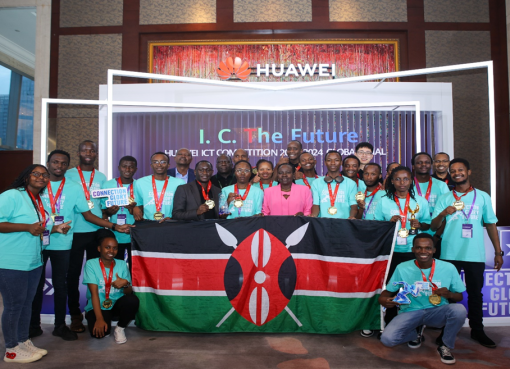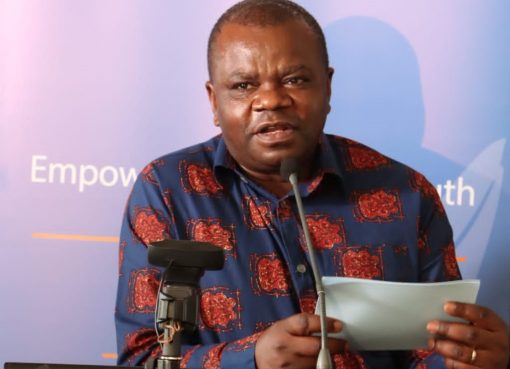Voice to the Voiceless has partnered with the Kenya National Library Services to offer Kenya sign language classes to interested members of the public.
Rahab Wairimu, one of the trainers, who has a hearing impairment, and her interpreter Elizabeth Miringu told KNA that they launched the programme in Nyeri last month after realizing there was a gap between the hearing-impaired community and other members of the public.
“We also felt the need to introduce sign language here because it is a challenge speaking to people in private since you need to have an interpreter. Another reason is that it is difficult to get easy access to government services or any other services in places like supermarkets, banks and health facilities because most of these institutions and organisations here do not have a sign language interpreter,” she disclosed.
Wairimu said that working with the Library has benefited them since they get access to free internet for research, computer classes where the deaf can come and learn. The arrangement also enables readers who visit the Library an opportunity to learn about the program.
To reciprocate they offered a one-week free training to the KNSL staff on Kenya Sign Language.
She explained that the classes are for anyone who is interested especially for the basics level but for the advanced level they prefer someone who is already in possession of a Kenya Certificate of Secondary Education.
“In recent days, we have noticed that a high number of those interested are mostly young women in terms of gender and age bracket. The classes are part time because it is more of practical work where the lessons are usually three times a week, with each session taking two hours usually from 4pm to 6pm or from 10am to 12pm,” Wairimu said.
“We charge a little amount of Sh20, 000 for the basic level and Sh25, 000 for advanced level which runs for three months each and is inclusive of registration, tuition, attachment and exam fees,” she noted.
Dorcas Wanjiru, a Form-four leaver and currently a learner at the library said that she decided to enrol in the training since it will be an added advantage in her future professional career.
Wanjiru who intends to pursue Law reckons that the skills will come in handy in assisting those in need of her services. “I have met some of the hearing-impaired in public and was able to communicate due to this training. Initially, this was not possible since I did not have such skills and therefore was not much of assistance to such persons,” she said.
In coming years, the trainers hope to reach a large number of Nyeri residents especially those in the service industry. Wairimu explained that doing so will help create awareness as far as those living with the challenge is concerned besides helping in reducing stigma for the affected.
“In order to inform a large number of people about the sign language classes, we reach out to the public through the churches, public announcements and also talk to the relevant health authorities under the county government,” she said.
She urged the county government to consider sign language classes or get interpreters to help the deaf community in communication when they need their services.
Wanjiru further explained that there is a difference between Kenya sign language (KSL), British sign language (BSL) and American Sign Language (ASL) since in every country, they have their own culture and way of doing things.
She however said there is no major difference between the three categories of sign language in terms of alphabet and numeric.
International Day of Sign Languages (IDSL) is celebrated annually across the world on September 23 every year along with International Week of the Deaf. It is the same date that the World Federation of the Deaf was established in 1951.
Currently, more than 1.5 billion people (nearly 20 per cent of the global population) live with a hearing loss; 430 million of them have disabling hearing loss. It is expected that by 2050, there could be over 700 million people with disabling hearing loss globally.
According to the National Population Census of 2019, there are 153,381 hearing-impaired people in Kenya aged above five years. The report further shows that most of those people (129,518) were in rural areas compared to 23,843 in urban areas.
By Samuel Maina and Joyce Kiragu





